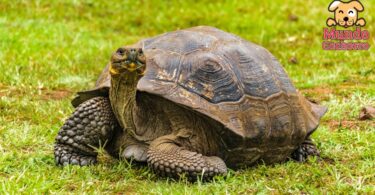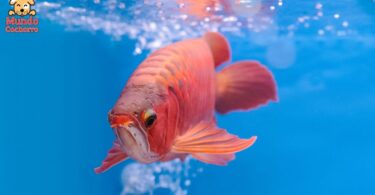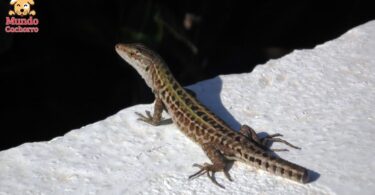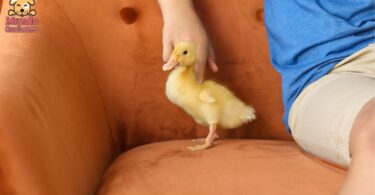The salamander is a curious amphibian native to the Americas. Its more than exotic appearance, its relationship with Mexican mythology and the peculiar regenerative conditions it possesses make it a rarity. That is why it is increasingly common to have a salamander in captivity. It is not very complicated in its care, but it does require certain conditions to have a long and happy life.
Experts place this species to be about 400 million years old. Although in its natural habitat in Mexico it is an endangered species due to environmental pollution, in captivity it can live up to twenty years with proper care.
It should be noted that their particular biological conditions of regeneration represent a source of study for many researchers. An axolotl can achieve regeneration of parts of its body in a few weeks, so studies are underway to uncover the mysteries of this process.
Care of the salamander
Salamanders are classified as amphibians. But despite this, their life must be limited to water only. It has rudimentary lungs that it can use if necessary. However, these are primitive organs with which it will not be able to extract all the air necessary for its subsistence. For this reason, it uses its gills, through which it extracts oxygen from the water. Unfortunately, a salamander that is forced to remain on land will lose its gills and die within a short time.
The aquarium for the salamander should have about fifty liters of water. It must also have a filter, aerator and cooler. The filter will help maintain water quality, while the cooler will help keep the temperature cool. The water temperature should not exceed 22 degrees Celsius, the ideal temperature being about 18 degrees Celsius. With water at higher temperatures, these creatures may suffer from infections. Another problem with water at elevated temperatures is that salamanders may surface and complete metamorphosis, dying soon after.
The presence of an aerator is necessary to maintain the right amount of oxygen in the water. Some live plants that can release oxygen and help to maintain the necessary conditions can also be added. Salamanders also like to hide, so large plants can be used for this purpose.
In addition, the aquarium must be large enough to allow the salamander to roam the entire surface when it wishes to do so.
Feeding
Salamanders are predators in the wild and their diet consists of insect larvae, small fish and crustaceans. In captivity it is necessary to offer them a varied diet.
The best option is frozen food. If the salamander is young, frozen food for freshwater fish will work well. When they are older, low-fat fish can be fed. It may be good to give small fish with skin, skeleton and guts. Fish with hard bones such as anchovies or sardines should be avoided in the diet of these amphibians. It may accept some insects such as cockroaches, crickets and earthworms.
Finally, the presence of other fish in the aquarium is not recommended, as it will most likely end up hunting them. If they can coexist with others of the same species, considering 40 to 50 liters of water for each specimen.
Image courtesy of https://www.0221.com.ar, all rights reserved.








